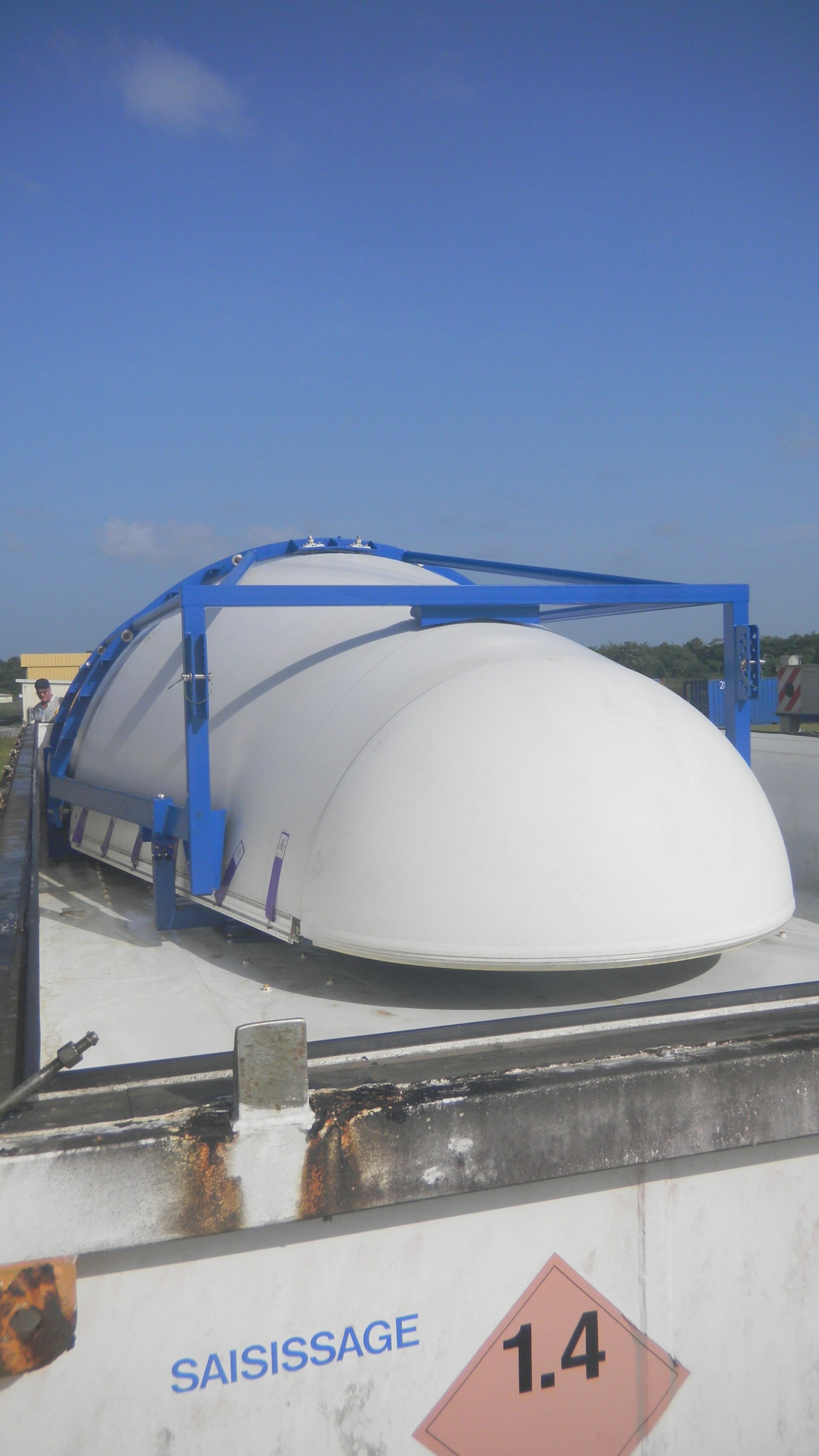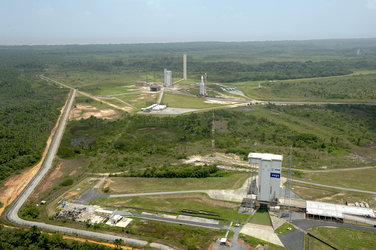Spare Ariane nose heads to new home
A large piece of Europe’s retired Ariane 4 launcher left French Guiana last week on a long journey across the Atlantic for display in the Netherlands.
Under a collaboration between ESA and the Space Expo museum next to ESA’s ESTEC space research and technology centre, some Ariane 4 elements were set aside when the rocket’s launch complex was dismantled.
The payload fairing of half-shells was a flight-ready spare for the last Ariane 4 launch that took off in February 2003.
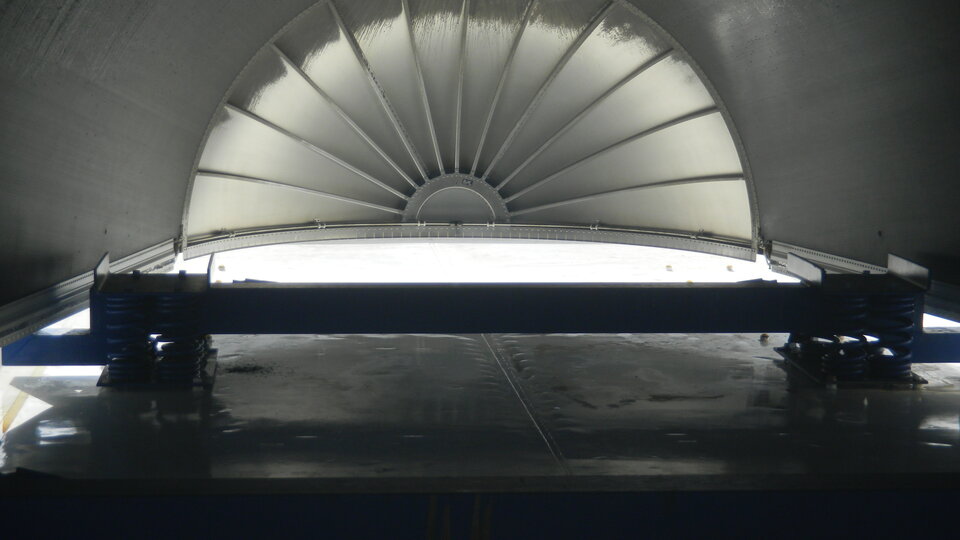
The fairing protects the payload on top of the rocket against the severe aerodynamic, thermal and acoustic stresses as the vehicle rises through the atmosphere.
It was stored at Europe’s Spaceport in French Guiana ever since, waiting to find a new home.
The rocket’s operator, Arianespace, arranged for the shells’ journey on MN Toucan, the French cargo ship that usually carries Ariane elements from Europe to the spaceport.
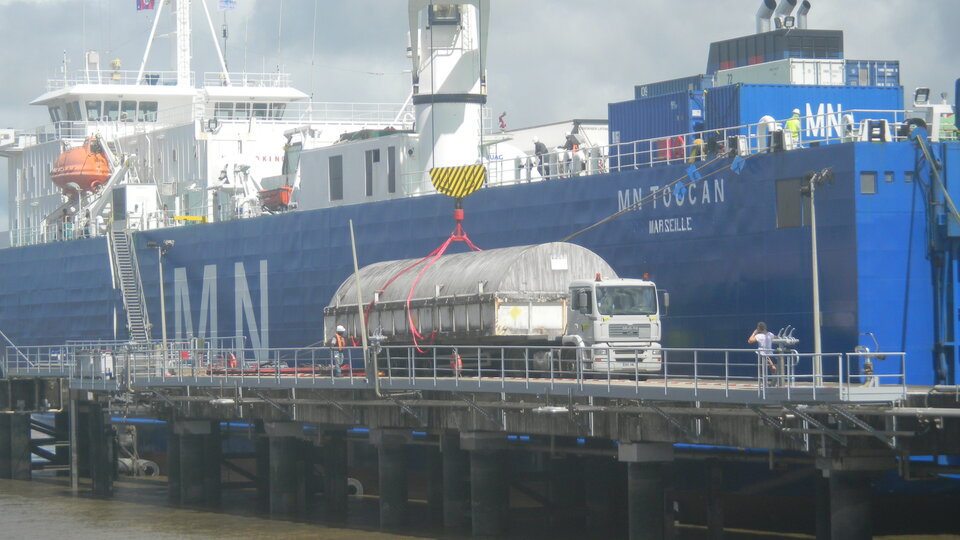
The ship left from Pariacabo Harbour on 10 May. Some 15 days later it will arrive in Rotterdam, where the fairing will be transported in a special road convoy to Space Expo in Noordwijk.
Two consoles used to control Ariane 4 during the final countdown were shipped to Space Expo at the end of March, benefiting from the return trip of elements from the recent Automated Transfer Vehicle launch to Bremen, Germany. These unique consoles will be used for hands-on education projects with students.
About Ariane 4
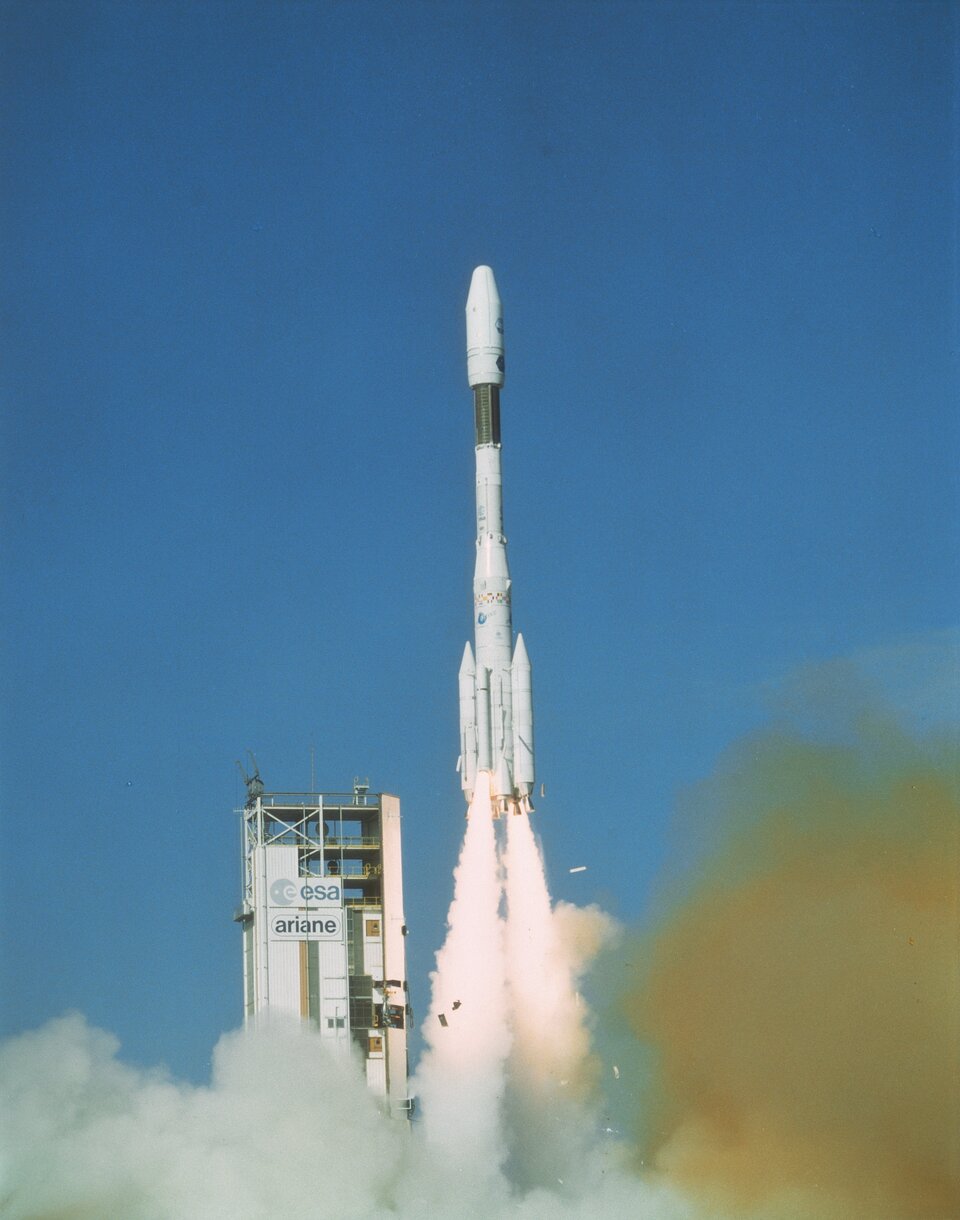
Ariane 4 was known as the ‘workhorse’ of the Ariane family, with a record of 113 successful launches during its 15 years of service. It lifted off for the first time on 15 June 1988 and proved to be ideal for launching communications and Earth observation satellites as well as science missions.
Ariane 4 was extremely versatile. The first stage could add two or four strap-on boosters and the vehicle could carry satellites weighing from 2000 kg to nearly 4300 kg into geostationary transfer orbit, nearly three times as much as the Ariane 3 launcher.
More than 50% of the communication and other applications satellites market accessible to Ariane worldwide were launched by this vehicle.


